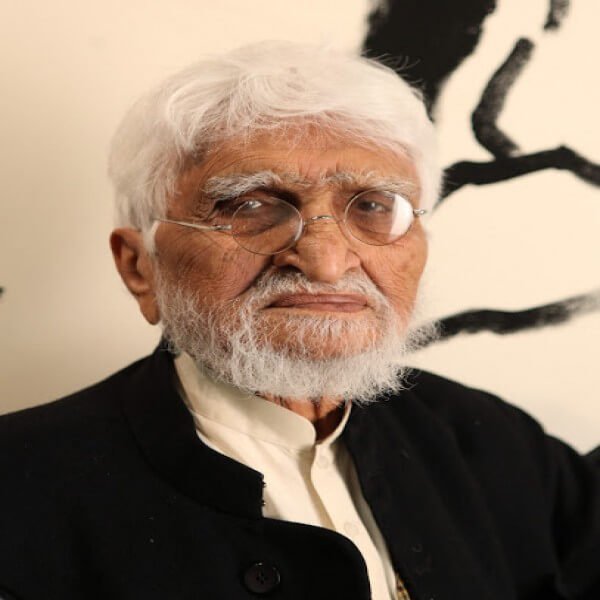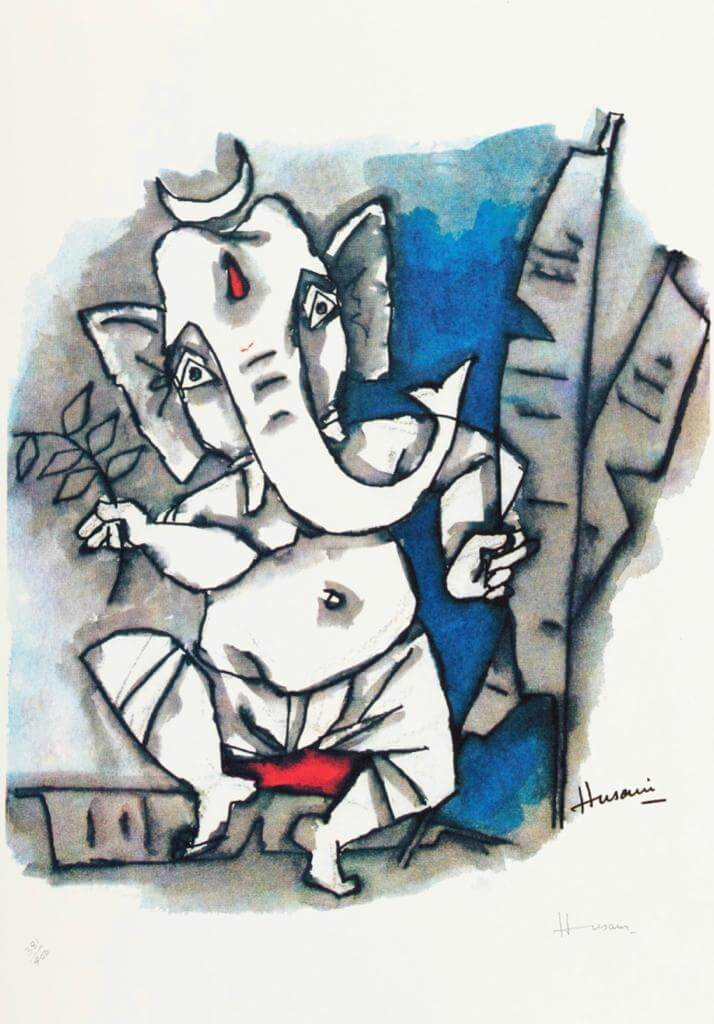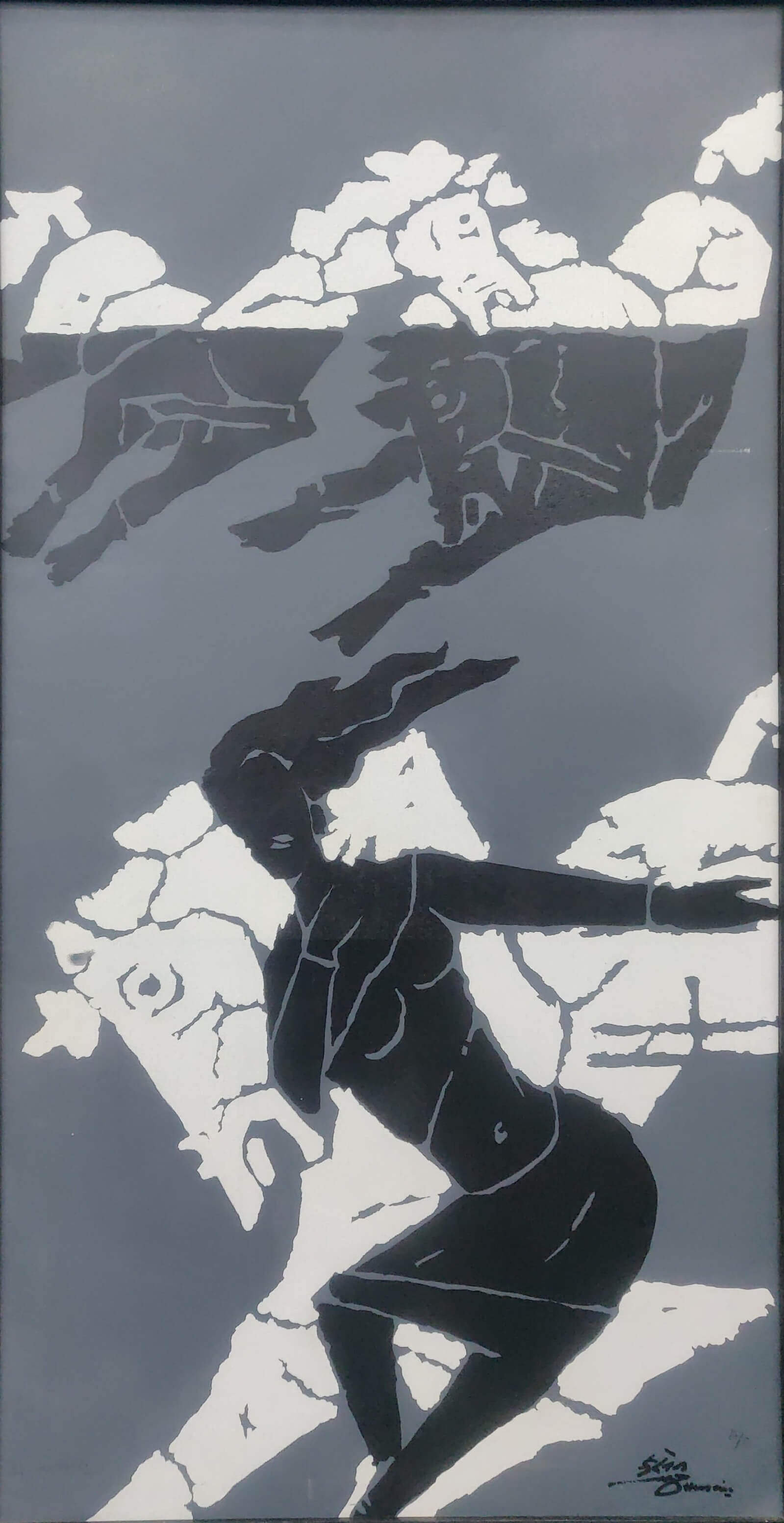M F HUSAIN
ABOUT
Indian artist known for executing bold, vibrantly coloured narrativOne of the most celebrated and internationally recognized Indian artists of the 20th century.
Painter | India
Born in 1915
Died in 2011

M.F. Husain, in full Maqbool Fida Husain, Husain also spelled Husain, (born September 17, 1915, Pandharpur, Maharashtra state, India—died June 9, 2011, London, England), Indian artist known for executing bold, vibrantly coloured narrative paintings in a modified Cubist style. He was one of the most celebrated and internationally recognized Indian artists of the 20th century. Husain began his career by painting billboards for feature films and making furniture designs and toys, to earn a living. When took up painting as an art form, however, he returned time and again to his roots, and to themes that blended folk, tribal and mythological art to create vibrantly contemporary, living art forms. His rise as a public figure had as much to do with his style and presentation, as it did with his themes. He depicted the icons of Indian culture, through the ages, seeking to capture the quintessence of his subjects, like Mother Teresa and the characters of epics like the Mahabharata. Husain’s name has become almost synonymous with modern Indian art, for no single artist has popularized Indian art, within the country or internationally, as Husain has done. His endless quest for his cultural roots and a fearlessly open-minded willingness to absorb diverse influences has made M F Husain one of the most recognizable figures of modern Indian art. One of his best-known paintings, commonly known as “Bharatmata” or “Mother India,” depicted a bright red nude woman contorted into the shape of the Indian subcontinent. Other significant works include Man (1951), Vishwamitra (1973), and Passage through Human Space, a series of 45 water-colours completed in the mid-1970s. A self-taught artist, he came to Mumbai in 1937, determined to become a painter. EXHIBITION: After his first serious work was exhibited (1947) by the Bombay Art Society, he was invited to join five other painters in founding the Progressive Artists Group. Husain, who became known as the “Picasso of India,” created works that could be caustic and funny as well as serious and somber. His themes—usually treated in series—included topics as diverse as Mohandas K. Gandhi, Mother Teresa, the Ramayana, the Mahabharata, the British raj, and motifs of Indian urban and rural life.

